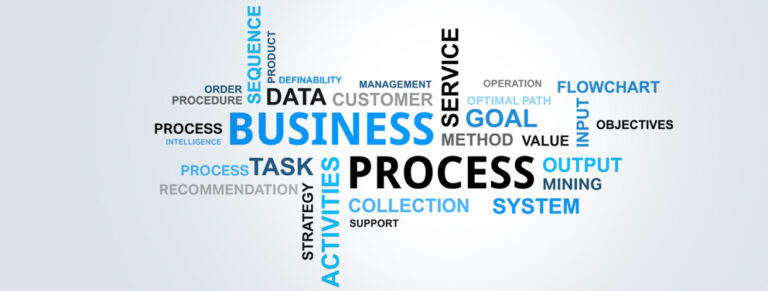

Business Process Management has always been a challenging task for a company. Business transformation leaders may think that their process continues under ideal circumstances; however, the actual process is always different from the expected process. The company can “feel” these differences, but without any factual evidence, it is difficult to determine the problem.
With the increasing complexity of processes and technological advances, Process Mining has become a critical solution with growth potential. Process Mining technologies enable companies to fully understand their processes and identify bottlenecks and process improvements.
According to a report by Fortune Business Insights, the global mining software market is projected to reach $27.72 billion by 2030, growing at a CAGR of 49.4%! That means this market is set to grow significantly in the next few years.
Process Mining is a powerful method used in the study and monitoring of processes. When it comes to traditional business process management, it is worked on via process interviews and seminars, which result in a better image of the process, but Process Mining makes use of data that already exists in the business information system, which then automatically demonstrates the real process.
Process Mining allows organizations to find and eliminate time-consuming and repetitive tasks to deliver instant results in real time.
The Process Intelligence system studies business processes and operational workflows and performs data-driven models of complex organizations along with their interfaces and metrics. Process Intelligence is a modern-day method that helps configure, execute, and monitor organizational processes. The objectives help to increase productivity, agility, and co-ordination between participants and related systems. Process Intelligence supports collaborative organizations to organize machines, activities, jobs, and tools to provide services and goods effortlessly.
Process Mining provides some unique capabilities for identifying and explaining patterns that occur in production. This includes an explanation of what caused these patterns to begin with. Companies that make use of Process Mining techniques can “shift to the left”, further letting people solve issues beforehand in the resolution process. In that way, the company achieves increased customer and employee satisfaction, also brings down overall costs. But the key is to make use of intelligence to determine the most appropriate areas and a left shift and make use of powerful data to make these decisions.
With considerable advancement in technology and automation, there is a unanimous market expectation for end-to-end digital experiences that are simple and consistent over time. What customers look for in a product/ service can vary, however, a standard benchmark needs to be maintained in order to enable a favorable customer experience each time.
This is where Process Mining technologies act as an instrumental tool in meeting the increasing customer demands for excellence by enhancing process performance, reducing cost, minimizing redundant or repetitive tasks, and, substituting them with automated processes.
While the digital transformation era is now upon us, it is only now that businesses are beginning to truly understand the role and impact of visualization in Process Mining.
Visualization is the graphical representation of data that highlights key patterns and, at the same time, enables a user to see and rework across their processes based on where the discrepancies lie.
In this context, dashboards are ideal for visualizing the processes that might have a glitch and understanding how they can impact the customer experience or business performance.
For example, visualization and dashboarding can help :
Today, AI-based process optimization is already making strides across diverse industries and is already set to become a ‘mainstream’ function of the business. The reason for this is its ability to provide insight into process inefficiencies.
Process optimization is based on AI. It employs a vast array of AI algorithms, such as unsupervised learning, reinforcement learning, deep learning, etc., to assess process design and identify ‘over- and under-utilized’ elements. The goal of this activity is to determine the root cause of inefficiencies and suggest corrective measures.
A few years ago, Process Mining was largely an enterprise initiative. In today’s reality, this practice can be made available to all. Companies that can identify and track their process KPIs can benefit from deeper process analysis. They can monitor weaknesses in their business processes and find low-risk ways to improve, thereby making them more agile in a competitive market.
The discovery of Process Intelligence possibilities in a business transformation project is an increasing trend and will become an increasingly popular use case in the future.
With the increasing complexity of processes and technological advances, Process Mining has become a critical solution. Process Mining technologies enable companies to fully understand their processes, identify bottlenecks, and achieve business optimization.
At the moment, there may be inefficiencies in your business, but identifying such inefficiencies and such an impact isn’t easy. Process Mining methods are used to find these areas and expose them – and this proves to be a key skill in your business. After this is complete, the data can be visualized in the context of the process, offering the catalyst for reassuring improvement. This helps decrease costs, increase employee satisfaction, and operate continuously. Further, this also results in a cut-throat business positioned for success in the future.
Copyright © 2025 By Re-vive. All rights reserved.